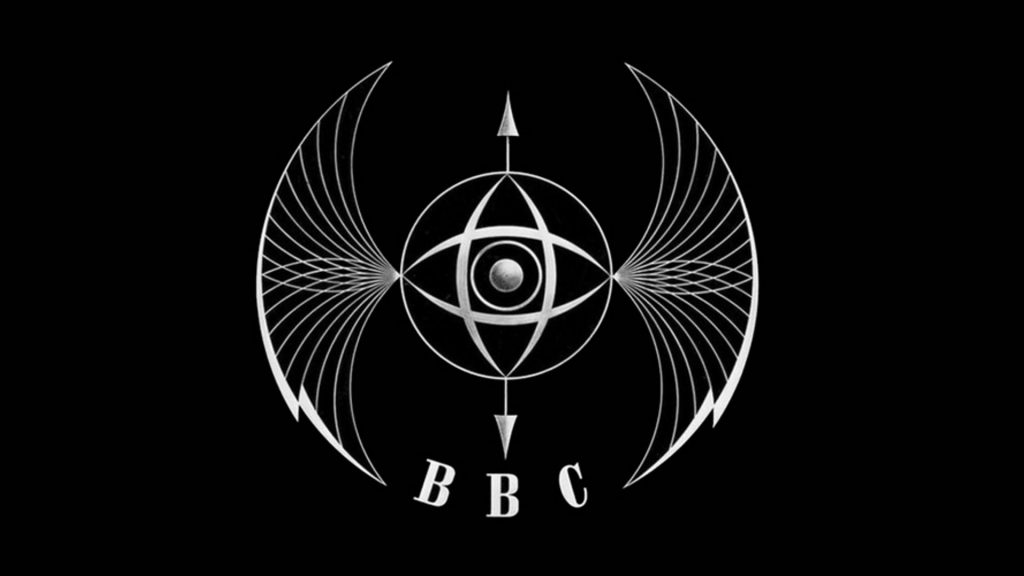The history of ‘station identification’ from BBC to Thames TV to London Weekend Television

Photo: BBC
Station identification. What is generally perceived to primarily be an FCC requirement to retain your license, has taken on a much higher level of importance the last 7+ decades when looking back at BBC1, Thames Television and London Weekend Television.
BBC1
While the BBC can trace its’ roots back to 1936, the BBC logo has been a brand identity for the corporation and its work since the 1950s. Until the introduction of a logo in 1958, the corporation had relied on its coat of arms for official documentation and correspondence, although this crest rarely appeared onscreen. Beginning with ‘Bat Wings’, the logo has evolved from simple still black and white images to the sophisticated full color short films seen today.
Personally, over the years, the BBC logo whether it be for BBC 1, BBC 2 or BBC 3, has always been a source of interest to see what they would come up with next from a visual standpoint. There’s something so simple about that spinning globe yet it always heralds something brilliant is set to follow. One can only imagine the endless meetings at the BBC every time there was a hint of a logo refresh.
Thames Television
Other than the BBC, Thames Television holds the most history for me as every time I see and/or hear it, I think of nothing else than the fact that The Benny Hill Show is getting ready to begin.
London Weekend Television
Then there was the ITV network franchise holder for Greater London, London Weekend Television (LWT), which to me, always signaled the beginning of Poirot or Upstairs Downstairs.
So….next time you tune in to your favorite series, pay attention to the last element in the station break prior to the open of your favorite British comedy or drama as a lot of work and a lot of money went into those few seconds.
In: Odds & Sods
